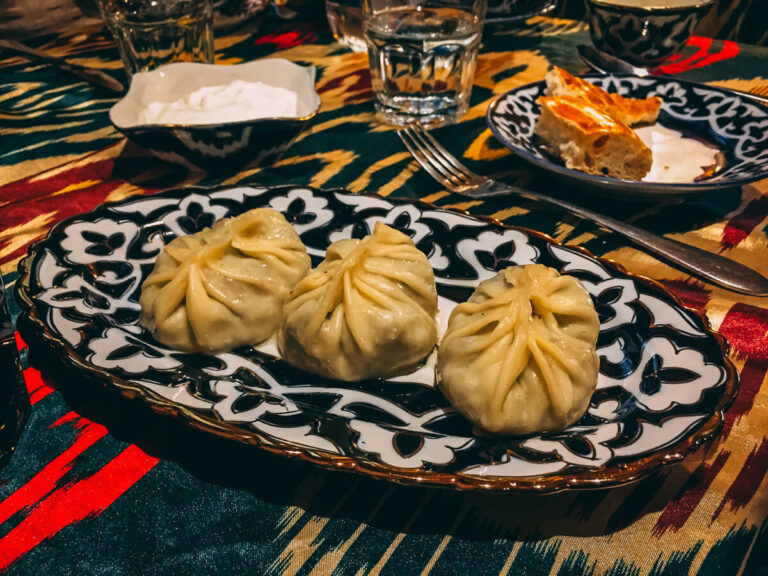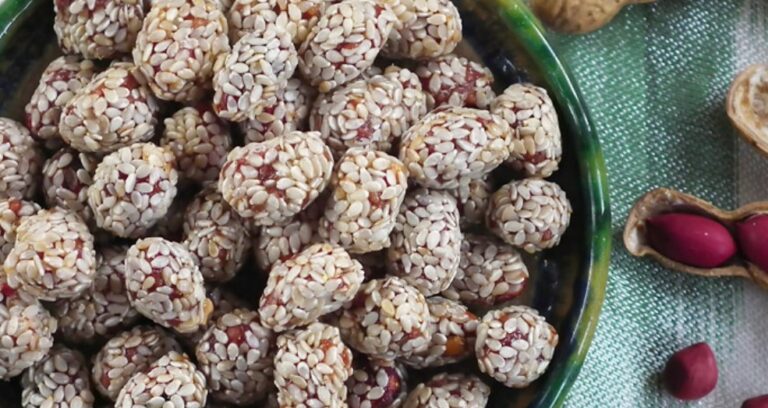Introduction: Uzbekistan’s Unique Culinary Culture
Uzbek cuisine is a combination of the cooking traditions of Central Asia, the Middle East, and the Mediterranean. It is characterized by the use of fresh ingredients and a variety of spices that give it a unique flavor. Uzbek cuisine has been influenced by the country’s nomadic history and the cultures of the Silk Road, which once ran through Uzbekistan. Uzbek cuisine is known for its hearty dishes, which are designed to keep people warm and nourished in the harsh Central Asian climate.
Plov: The National Dish of Uzbekistan
Plov is a rice dish that is considered the national dish of Uzbekistan. It is made with lamb, carrots, onions, and rice, and it is seasoned with cumin, coriander, and other spices. Plov is usually cooked in a kazan, a large cauldron that is heated over an open flame. The dish is then served in a communal bowl, with the meat and vegetables layered on top of the rice. Plov is a staple of Uzbek cuisine and is served on special occasions like weddings and holidays.
Samsa: The Popular Uzbek Pastry
Samsa is a savory pastry that is popular in Uzbekistan. It is usually filled with meat, onions, and spices, although some variations also include pumpkin or potatoes. The pastry is shaped like a triangle or a rectangle and is baked in a tandoor oven, which gives it a crispy crust and a soft, fluffy interior. Samsa is often served as a snack or an appetizer, but it can also be eaten as a meal.
Manti: Meat-Filled Dumplings with a Twist
Manti are dumplings that are filled with meat, onions, and spices. They are similar to Chinese dumplings or Russian pelmeni, but they have a unique shape and flavor. Manti are usually larger than other types of dumplings and are shaped like a small pouch. They are boiled or steamed and are served with sour cream or a tomato-based sauce. Manti are a popular dish in Uzbek cuisine and are often served at family gatherings and celebrations.
Lagman: A Noodle Soup with Central Asian Flavors
Lagman is a noodle soup that is popular in Central Asia, including Uzbekistan. It is made with hand-pulled noodles, which are similar to spaghetti, and a variety of vegetables and meats. The broth is usually flavored with cumin, paprika, and other spices, which give it a distinctive Central Asian flavor. Lagman is often served with a side of bread or naan, and it is a hearty and comforting meal that is perfect for cold weather.
Shashlik: Grilled Meat Skewers, Uzbek Style
Shashlik is a type of grilled meat that is often served at Uzbek restaurants and street food stalls. It is made with marinated meat, usually lamb or beef, that is skewered and grilled over an open flame. The meat is typically seasoned with salt, pepper, and a variety of spices, which gives it a rich, smoky flavor. Shashlik is often served with a side of bread or rice and is a popular dish for outdoor gatherings and picnics.



